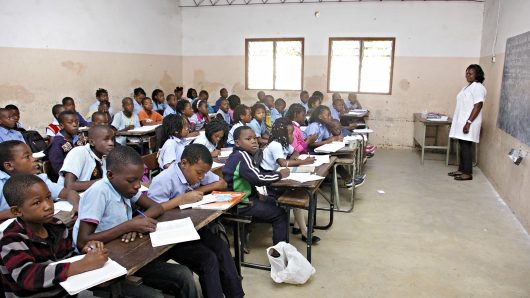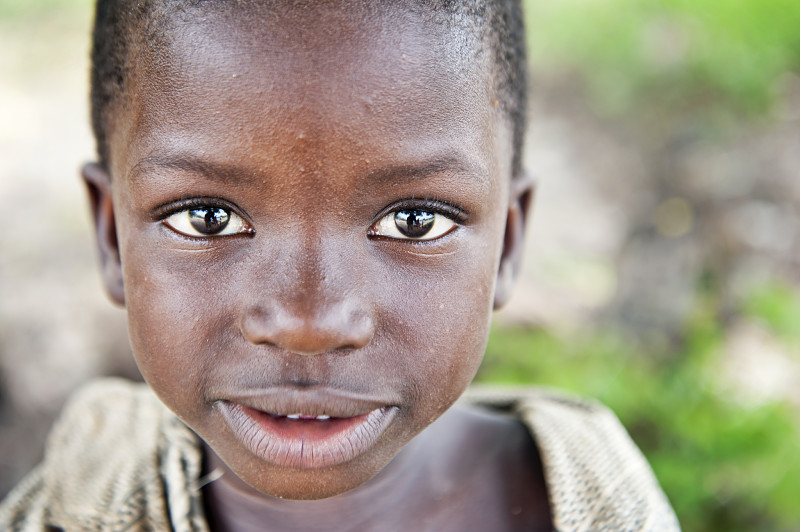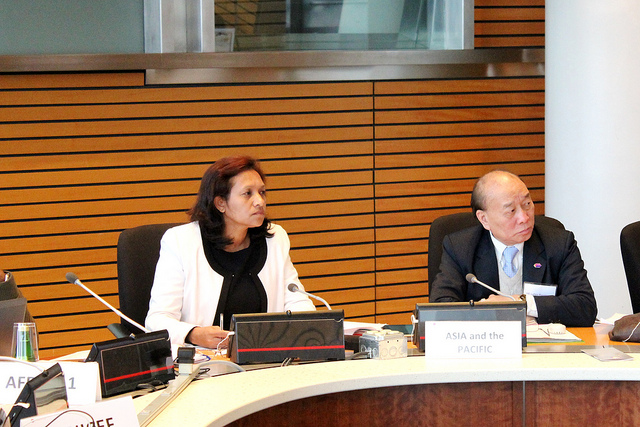
Poverty stretches across the globe affecting almost half of the world’s population. Its effects reach deeper. Uniquely connected to different causes, the effects of poverty are revolving—one result leads to another source leads to another consequence. To fully understand the effects of poverty, the causes have to be rooted out to develop strategies to end hunger and starvation for good. Let’s discuss some of the top effects of poverty.
Poor Health
Globally, millions suffer from poverty-related health conditions as infectious diseases ravage the lives of an estimated 14 million people a year and are of the top effects of poverty. These diseases are contracted through sources like contaminated water, the absence of water and sanitation, and lack of access to proper healthcare. The list is broad and long. Here are the top diseases commonly linked to poverty.
- Malaria: Malaria is urbanely referred to as the poor man’s disease, as more than a million people living in poverty die from it each year. Caused by a parasite, malaria is contracted through mosquito bites. Most prevalent in sub-Saharan Africa, malaria affects the lives of many in 97 countries worldwide.
- Tuberculosis: Often referred to as TB, tuberculosis is a bacteria-borne disease. The bacterium, Mycobacterium tuberculosis, targets the lungs. It also affects the kidneys, brain, and spine. When discussing the effects of TB worldwide, it must be broken down by burden—high burden TB and low burden TB—all of which has to do with the number of cases that impact a country. High burden TB affects more than 22 countries, as low burden TB accounts for 10 cases per 100,000 people in a geographical location.
- HIV/AIDS: HIV stands for human immunodeficiency virus. This infection attacks the immune system and is contracted by contact with certain fluids in the body. If HIV is left untreated, certain infections and diseases can take over the body and cause a person to develop AIDS (Acquired Immune Deficiency syndrome). Thirty-six million people in the world have HIV/AIDS. In countries like Zambia and Zimbabwe, one in five adults live with HIV or AIDS.
Continuing the fight against poverty through economic expansion will help eliminate poverty-related illnesses and raise the value of health in poor communities.
Crime
There’s an old adage that says, “If a man don’t work, he don’t eat.” That’s not the case for a large number people living in poverty. Lack of economic opportunity leads to impoverishment which then leads to crime.
Global unemployment is at a high point. One hundred ninety-two million people around the world are jobless. In some parts of the world, mainly poor parts, unemployment standings will drive this number higher. In a study done on youth in the Caribbean, it was determined that joblessness fueled criminal activity in those aged 15 through 24.
Because of the struggles in the Caribbean job market, the murder rates are higher there than in any other region in the world. The crime rate affects 6.8 percent of the Caribbean population against the world average of 4.5 percent, calculating the global rate per 100,000 people.
People who live below the poverty line and don’t have access to sufficient economic opportunity, live by any dangerous means necessary.
Lack of Education
There is a direct correlation between low academic performance and poverty. Children who are exposed to extreme levels of poverty have difficulty with cognitive development, speech, and managing stress, which leads to adverse behavior.
In the country of Niger—the most illiterate nation in the world—only 15 percent of adults have the ability to read and write. Eritrea follows on the heels of Niger: with a population of 6 million, the average person only achieves four years of school.
In these poor locations, young adults and children have to leave school to work to help provide additional income for their families. Other children don’t have access to education due to decent schools being too far for them to travel to. On the other hand, schools nearby don’t have enough materials and resources to properly educate children. The conditions of the schools are just as poor as the children’s living conditions.
Where there’s poverty, there’s lack of education, joblessness, and poor health. The key to destroying the top effects of poverty is to attack the causes. More funding is needed for programs such as Child Fund International—a program that brings resources to children in poor communities. The International Economic Development Council supports economic developers by helping them create, retain, and expand jobs in their communities. And then there are the international efforts of the World Health Organization that fights to bring vaccinations and health-related resources to impoverished communities suffering from the infectious diseases of poverty. With these efforts along with other strategies, we can continue making strides to end the effects of poverty.
– Naomi C. Kellogg
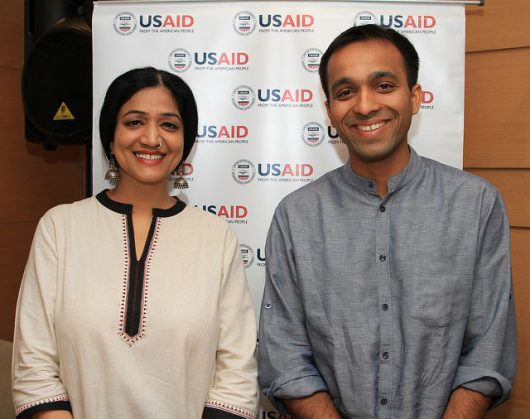
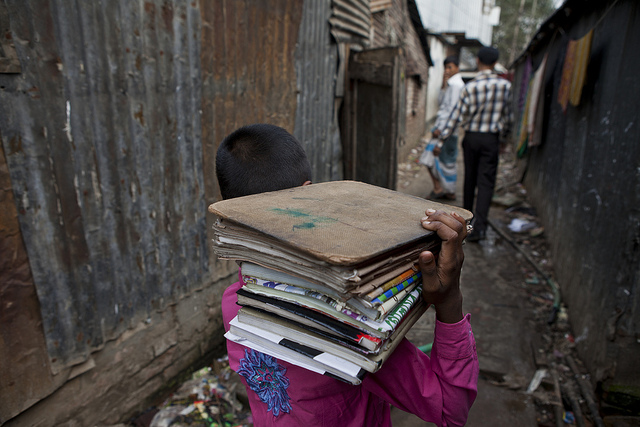
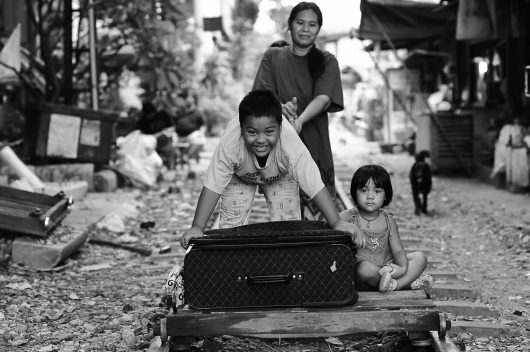
 Technological advancement, especially regarding mobile phone development and access, has revolutionized the way Ghanaian people are learning, both in and out of African school systems. As mobile phone access becomes more readily available throughout
Technological advancement, especially regarding mobile phone development and access, has revolutionized the way Ghanaian people are learning, both in and out of African school systems. As mobile phone access becomes more readily available throughout 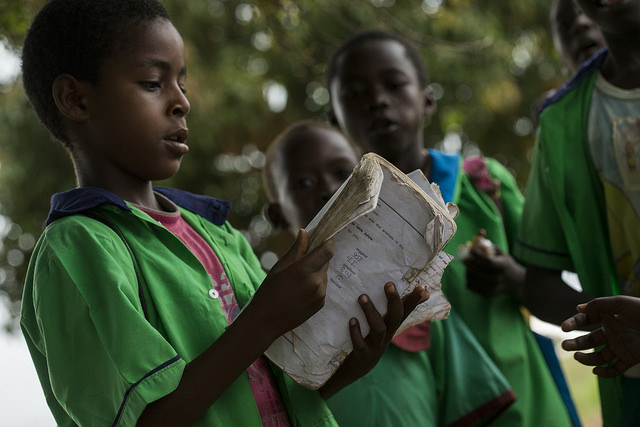 The U.N. has created 17 Sustainable Development Goals (SDGs) for developing countries in order to mobilize efforts to improve the quality of life for people living in poverty. The fourth goal of the SDGs is to have access to quality education.
The U.N. has created 17 Sustainable Development Goals (SDGs) for developing countries in order to mobilize efforts to improve the quality of life for people living in poverty. The fourth goal of the SDGs is to have access to quality education.  In April 2017,
In April 2017, 